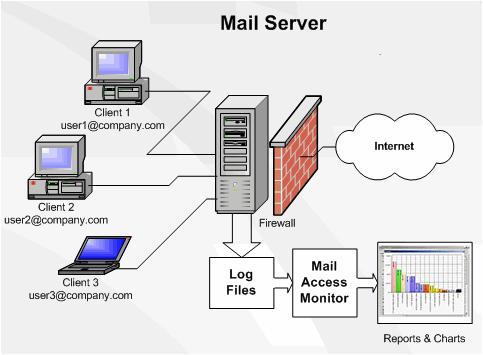Tag: #centos
-
Setting Up Apache WebDAV Storage With LDAP Authentication
Hey there! Let’s talk about WebDAV today. If you don’t know what WebDAV is, I recommend you to read this wiki. It stands for Web Distributed Authoring and Versioning. It is a set of extensions to HTTP that facilitates collaborative editing and file management. In a nutshell, it enables write permission to the users, who used…
-
Deploying OpenLDAP server on CentOS7 – Getting Started Guide
Hello there! In this post, I’m going to cover the installation and initial configuration of open-source directory server called OpenLDAP. The platform I’m using here is CentOS 7. So, if you’re on different distribution or maybe in different version, the mentioned steps might slightly vary. What is OpenLDAP? OpenLDAP is an open-source implementation of Lightweight…
-
How to Increase Size of Root Partition in CentOS
Being a system engineer, I often face scenarios in which I need to resize various system partitions in my Linux servers. Although this task isn’t that difficult, it’s definitely a very critical one because it can lead to the dis-functioning of your whole server. So, we must be very careful and cautious while trying to…
-
Docker: Running Apache Web Server In A Container
This is my second post for this blog series on Docker. If you haven’t already read my previous post, I highly recommend you to read that article first. Here, I’m going to dive a little deeper into container management by working on a further complicated application and advanced features of docker. Until now, I’ve already…
-
LAMP- Installation and Configuration in CentOS 7
Hello! Today, let’s install and configure a web server (Linux + Apache + MySQL + PHP = LAMP) in CentOS7 platform. I think this subject can be very helpful to web developers, students and system administrators. Without any adieu, let’s get started with the installation and configuration. Installation of CentOS 7 I’ve already written blogs…
-
Setup Zimbra Mail Server-Post Installation
Welcome back! If you’ve been following up with my previous blogs, it is a continuity to my last blog on how to setup Zimbra mail server in CentOS. Till now, I’ve already covered the preparation and installation of ZCS package. From here, I’ll get into the post-installation part for our mail server setup. Changing SSH…
-

Setup Zimbra Mail Server in CentOS
Hello and welcome back to my next blog! In this post, I’m going to share how to setup Zimbra Mail Server in CentOS server. Since I’m going to cover this topic from start to end, it might be a long read and I hope you’ll manage to go through it. Just to give you a…
-
NFS Sharing Between CentOS Servers
In this blog, I’m going to describe how we can share folders between CentOS servers using Network File System (NFS). For this purpose, I’m setting up two CentOS 6.5 Minimal servers named as CentOS-1 and CentOS-2. The IP addresses of CentOS-1 and CentOS-2 are 172.16.5.5 and 172.16.5.6 respectively. I’m going to create a folder in…
-
Custom Disk Partitioning in CentOS
Here, I’m going to explain how we can perform custom disk partitioning while installing a CentOS system. This is a continuity to my earlier blog in which I wrote about the installation of CentOS 6.5 Minimal system. If you haven’t read my previous blog and want to know from where I’m continuing this blog, please…
-
Initial Configuration of CentOS 6.5
Hello! In this article, I’ll be explaining about initial configuration steps for CentOS 6.5 system. You can learn about CentOS from here. These are the tasks we need to perform after our new CentOS server is installed and before the specific applications or software are installed. Without further adieu, let’s get into the setup process. CentOS Networking Configuration If…